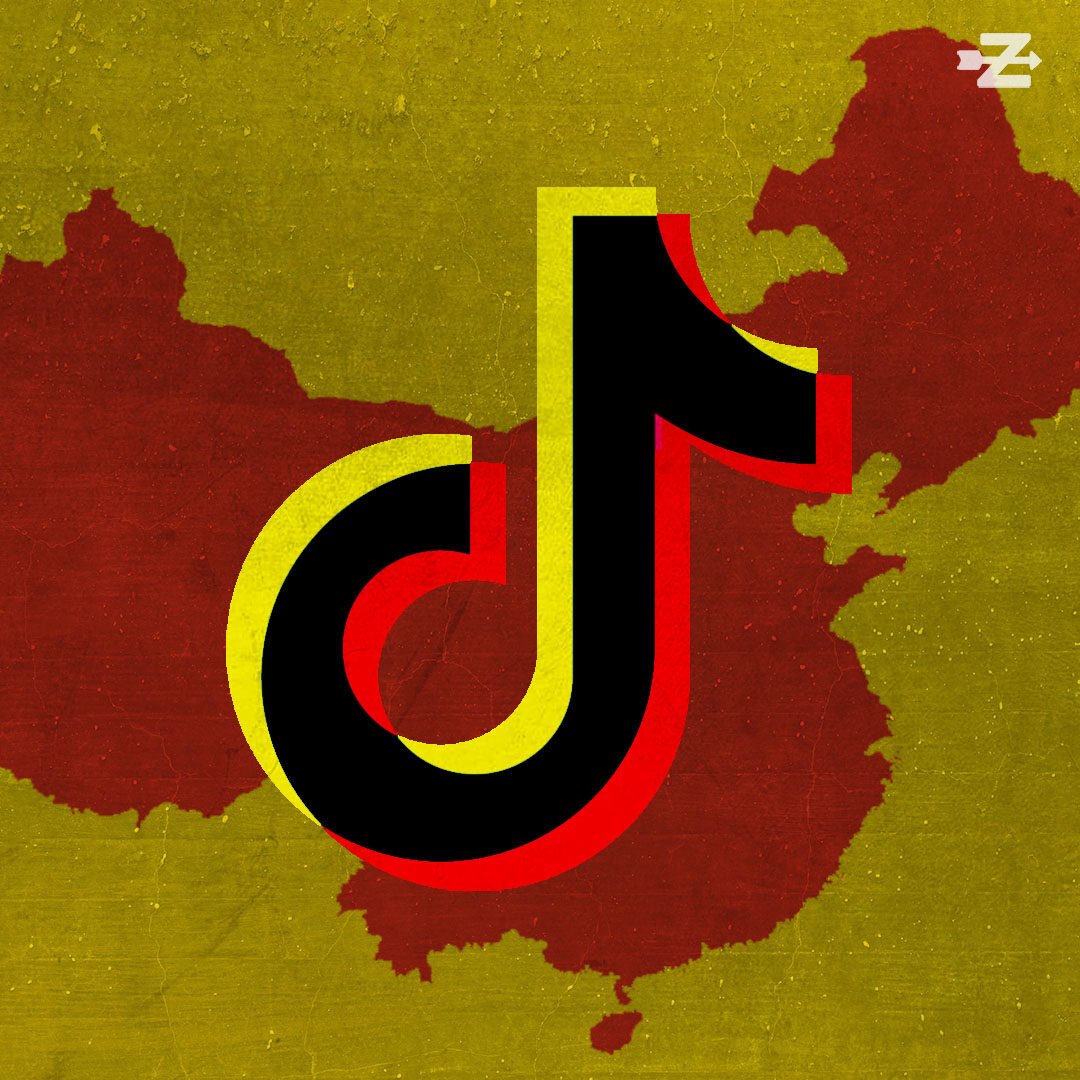TikTok is a company that rose in the void left behind after the shuttering of Vine.
Created as a platform for people to create short catchy videos and the perfect vehicle for viral stardom, it hit its global stride during the pandemic with over 750 million users today.
Owned by Chinese company, ByteDance, TikTok has been the source of controversy as multiple countries have expressed concern over data safety concerns but has been a nearly unstoppable juggernaut.
However, there’s an algorithm issue that many psychology experts are starting to sound alarm bells over.
In China, the algorithm children view pushes them towards positive things; people getting good grades, encouraging one another, and being positive forces in society.
But in the United States and other westernized countries, the algorithm does something far different – and far more insidious. It pushes kids towards useless content like dancing, pranks, and general nonsense that gives quick dopamine hits for viewers but doesn’t do much to help mold the minds of tomorrow into thoughtful and productive citizens.
Of course, it’s just an entertainment app – so what’s the big deal, you may ask. The big deal is that the pervasiveness of TikTok has become something we have to pay attention to. Kids aren’t just turning to it on their free time like Saturday morning cartoons; it’s enmeshed in everyday life, and especially young people today are always searching for that next dopamine hit.
And what TikTok is doing is reinforcing the idea that all you need to do to live modern life is be frivolous and spontaneous. To get big on Western TikTok, you just have to be entertaining and not focus on bettering yourself as a person.
It’s a truly insidious chipping away at the motivations and inspirations of tomorrow’s adults, and it’s all being hidden behind entertaining dance videos and ridiculous pranks. There’s nothing wrong with being entertained, but when the algorithm is choosing what kids engage with we should be far more cautious than we are as to how we teach them to engage with it.




This is sick and people are to blind to see it is an act of stealth war
Chinese spyware
Great article. Food for thought for sure